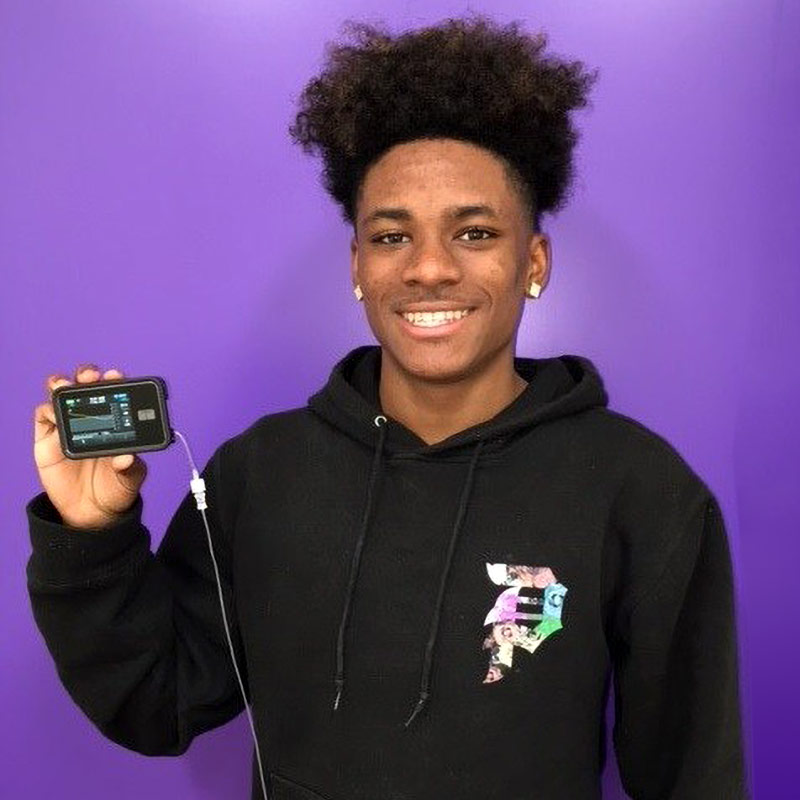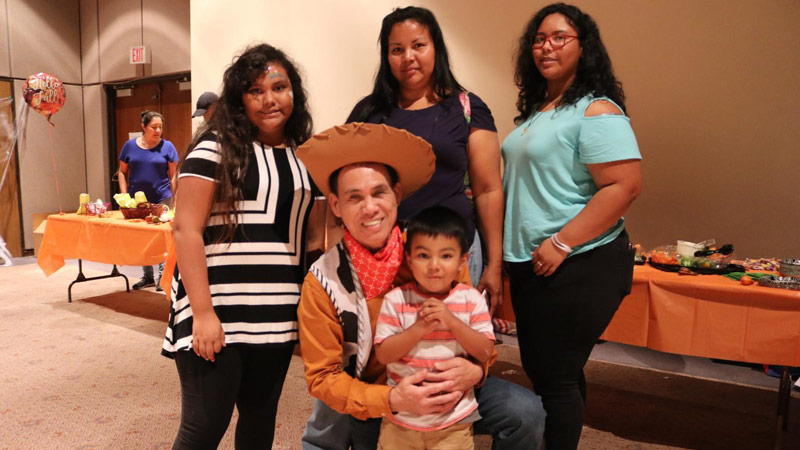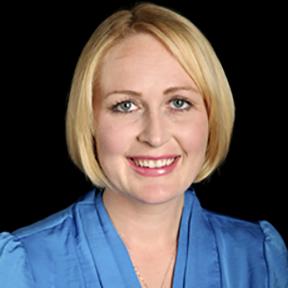Syair Simon, 16, loves to skateboard at the skate park or around his neighborhood with friends. While he’s taking time perfecting his 180 ollie, he’s already mastered his Dexcom. While that sounds like a sweet skateboarding trick, it’s something far more important to Syair’s wellbeing – it’s his continuous glucose monitoring system that helps him manage his Type 1 diabetes. He’s been on this system for the past few months and it’s helping him control his blood sugar spikes (in a closed loop hybrid system with his insulin pump) and stay active and well.
But it wasn’t always this easy for Syair. When he was in the fourth grade, he suddenly experienced terrible stomach cramping at school. His concerned mom, Octavia, took him to a local pediatrician right away.
Symptoms of Type 1 diabetes can develop rapidly. While common symptoms are frequent urination and excessive thirst, kids also can experience abdominal pain, nausea and vomiting. This often signals too much sugar in the blood, while not having enough sugar in the organs for energy storage.
Syair’s doctor ordered a urine test to look for glucose and ketones in his urine, which are indicators of diabetes. The test indicated that Syair had hyperglycemia (or severe high blood sugar). Elevated ketones mean the body has insufficient insulin, a major indicator that insulin can’t be created or regulated on its own. His doctor urged them to go straight to the Emergency Department at MemorialCare Miller Children’s & Women’s Hospital Long Beach for the specialized pediatric care Syair needed.
Upon arrival, the team diagnosed Syair with Type 1 diabetes, which occurs when the immune system thinks that the part of the pancreas that produces insulin is a threat. He was then admitted into a General Pediatrics unit at Miller Children’s & Women’s to control his glucose levels and ultimately save his life.
“If Syair’s care was delayed much longer, he could have had a completely different outcome,” says Rebecca Hicks, M.D., medical director, Endocrine & Diabetes Center, Miller Children’s & Women’s. “Patients with new onset Type 1 diabetes often present with diabetic ketoacidosis (DKA), a very serious complication of diabetes. Syair later experienced two hospitalizations for DKA, during which he was admitted into the Cherese Mari Laulhere Pediatric Intensive Care Unit (PICU). His blood sugar levels were very high, and his ketone levels were at dangerous levels. He was put on an insulin drip, received IV fluids for hydration and was kept under close glucose monitoring.”
Syair was observed by the care team for four days during each hospitalization. Throughout that time, he and his family learned how to manage his diabetes (with a review of education during rehospitalizations) before being discharged from the hospital.
“Syair, my family and I went through a huge journey after his diagnosis,” says Octavia. “Everyone who had contact with Syair needed to learn about Type 1 diabetes and what to do in a medical emergency. Syair also was very frustrated about not being the same as the other kids at school. He wasn’t able to splurge on treats and snacks like his classmates.”
He now continues with regular check-ups at the Cherese Mari Laulhere Children’s Village, where he meets with Dr. Hicks, a certified diabetes nurse educator, a registered dietitian, social worker, and physical therapist to review his numbers and adjust his insulin.
Syair now uses the Tandem Control IQ system (Dexcom® along with a T-slim X2 insulin pump), which is much better for active teens. The Dexcom is a small, wearable sensor that sends glucose levels to his smart phone every five minutes – and best of all no more finger sticks! The data is accessible by both the clinical teams and Syair’s family so they can always stay on top of it.
While Syair still does maintenance visits every three months, he can spend the majority of his time focusing on his next kick flip on his board and less on his frustration and worry toward his diabetes.
“Every care team member that sees Syair at Miller Children’s & Women’s is amazing,” says Octavia. “They all helped us learn how to accept his diabetes and successfully manage it. Our journey is so much smoother thanks to the highest level of pediatric diabetic care available at Miller Children’s & Women’s. It really took ‘a village’ to get us where we are today.”




